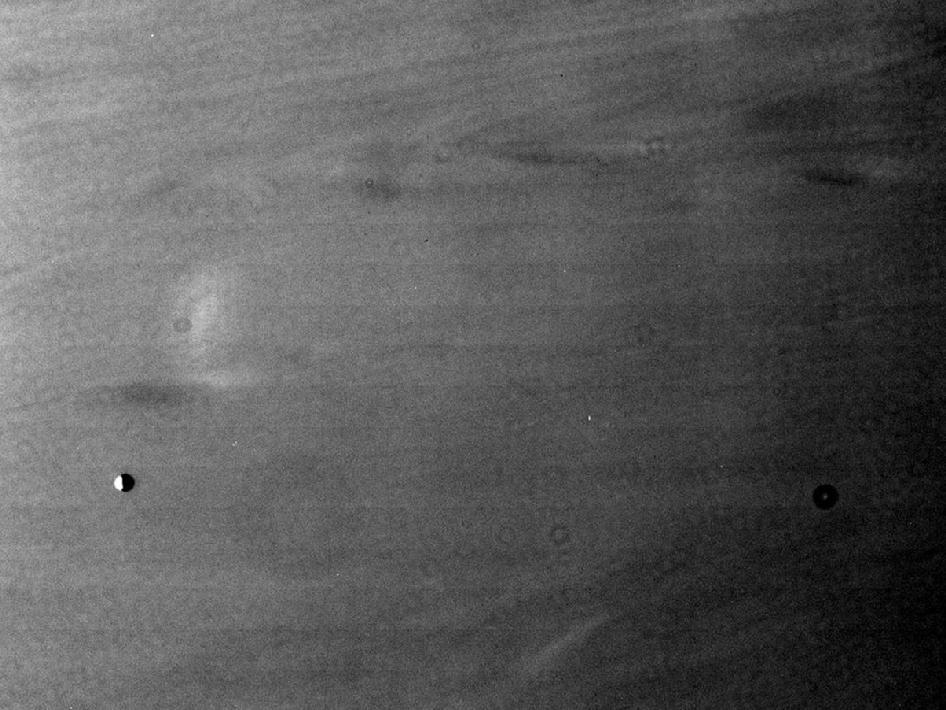Pallene

The Cassini imaging team discovered Pallene on June 1, 2004. Pallene and nearby Methone were the first moons discovered in Cassini images. After the discovery in 2004, scientists realized that Pallene had possibly been first photographed on August 23, 1981, by the space probe Voyager 2.
Pallene (pronounced pal-lee-nee, adjective: Pallenean) is a tiny moon, with a mean radius of 1.6 miles (2.5 kilometers), that orbits between Mimas and Enceladus at about 132,000 miles (212,000 kilometers) from Saturn. Scientists have two theories to explain the presence of Pallene and two other tiny sister moons, Methone and Anthe. First, the three moons may have split from either Mimas or Enceladus. Second, all five moons may be the remains of a larger swarm that traveled in that area close to Saturn.
Pallene circles Saturn in approximately 27.7 hours. Because Pallene and its two sister moons orbit at very similar distances from Saturn, they are in a dynamical relationship. Mimas strongly perturbs Pallene, the 2-mile (3-kilometer) diameter moon Methone and the 1-mile (2-kilometer) diameter moon Anthe, all of which orbit between Mimas and the next major moon, Enceladus. The vastly more massive Mimas causes the orbits of the tiny moons to vary by as much as 12.4 miles (20 kilometers).
Together, these three moons may also be contributing particles to Saturn's E-ring. Pallene shares its orbit with a faint dust ring around Saturn, now called the Pallene Ring. This ring may be made of particles blasted off Pallene's surface by meteoroid impacts.
John Herschel suggested that the moons of Saturn be associated with Greek mythical brothers and sisters of Kronus, known to the Romans as Saturn. The International Astronomical Union now controls the official naming of astronomical bodies.
The name Pallene comes from the name in Greek mythology of one of seven Alkyonides, daughters of the god (or Titan) Alkyoneus who was born of Gaia and the blood of Uranus. Herakles (Hercules) killed their father in the war between the gods of Mount Olympus and the titans. Overcome by grief, the seven daughters threw themselves into the sea to die, but the goddess Amphitrite took pity on them and transformed them into halcyons or kingfishers.
Astronomers also refer to Pallene as Saturn XXXIII and as S/2004 S2. Pallene has been determined to be the same object spotted in a single image taken by NASA's Voyager spacecraft in the 1980s, at that time known as S/1981 S14.




